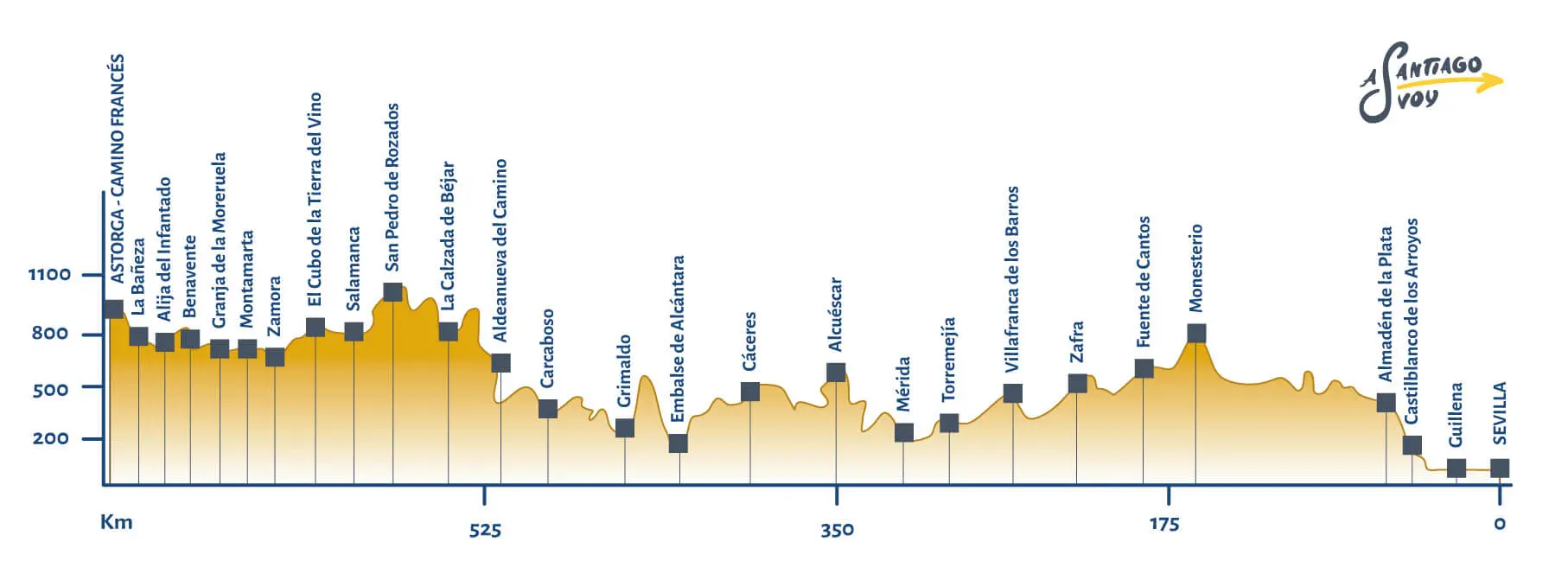
The Vía de la Plata (or Camino de la Plata)
The longest way to Santiago
The Vía de la Plata is one of the longest routes to reach Santiago de Compostela, but also one of the richest in history. To overcome this challenge you must go through 38 stages in total: 27 belong to the Vía de la Plata, the last 11 stages belong to the French Way. In this guide we give you some key issues to help you organize your Camino.
In order to complete the Camino de Santiago, you don't have to travel the entire route. You can choose any intermediate departure point and complete the stages and miles you want. If you travel at least 100 km on foot or 200 km by bicycle, you will be awarded with the Compostela upon your arrival in Santiago.
Image: Plaza de España, Sevilla



